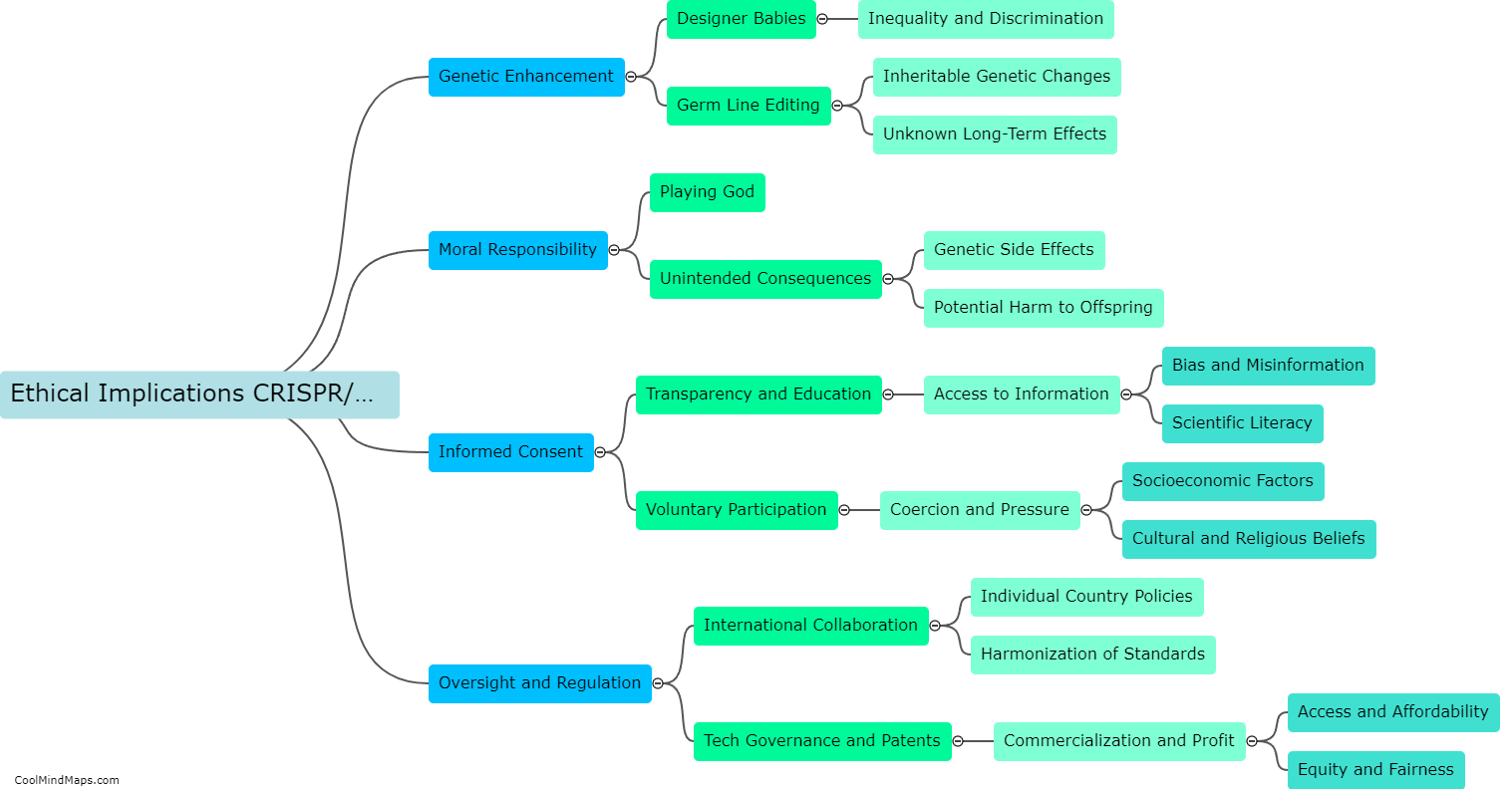What are the principles of landscape architecture for learning spaces?
The principles of landscape architecture for learning spaces revolve around creating environments that are conducive to learning and promote interaction, exploration, and engagement. The design should prioritize flexibility and adaptability to cater to various teaching methods and individual learning styles. Integration of natural elements, such as trees, gardens, and water features, can enhance the aesthetic appeal and create a soothing environment that promotes relaxation and concentration. Consideration should also be given to the organization of space, ensuring that it is easily navigable and provides a variety of spaces for individual study, group collaboration, and social interaction. Inclusivity and accessibility are key principles, with the design accommodating people of all abilities and providing spaces that are welcoming and supportive for learners from diverse backgrounds.

This mind map was published on 16 November 2023 and has been viewed 94 times.











